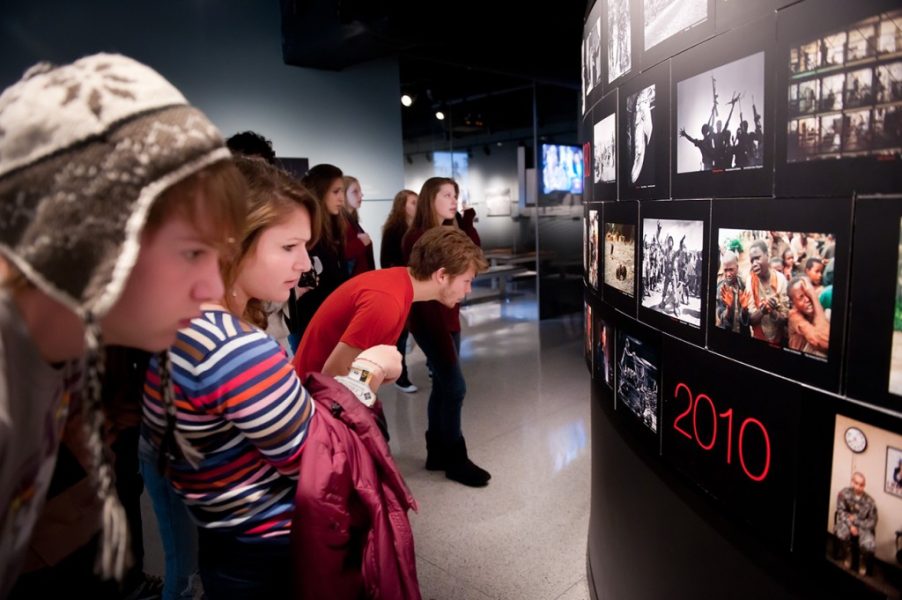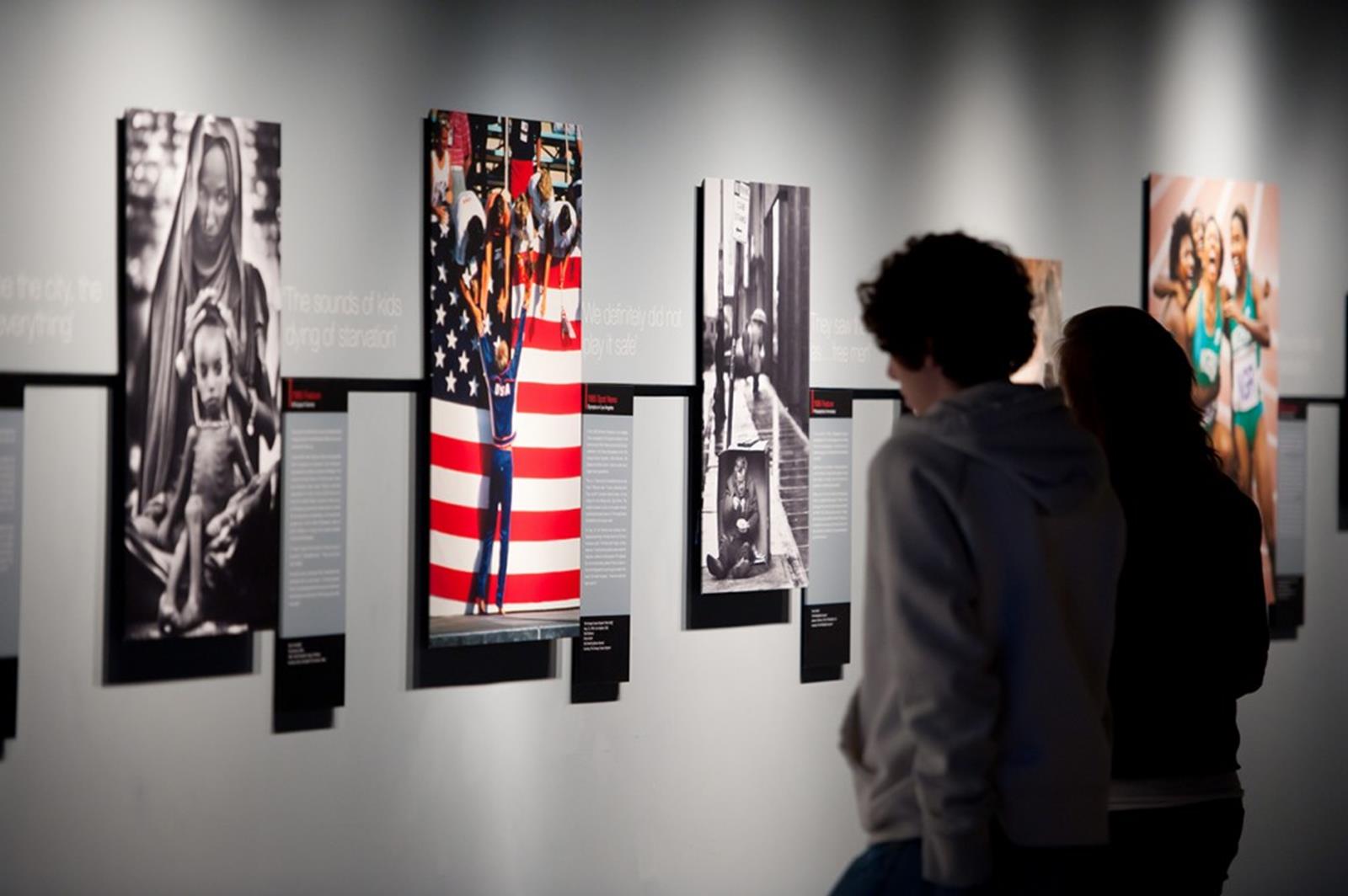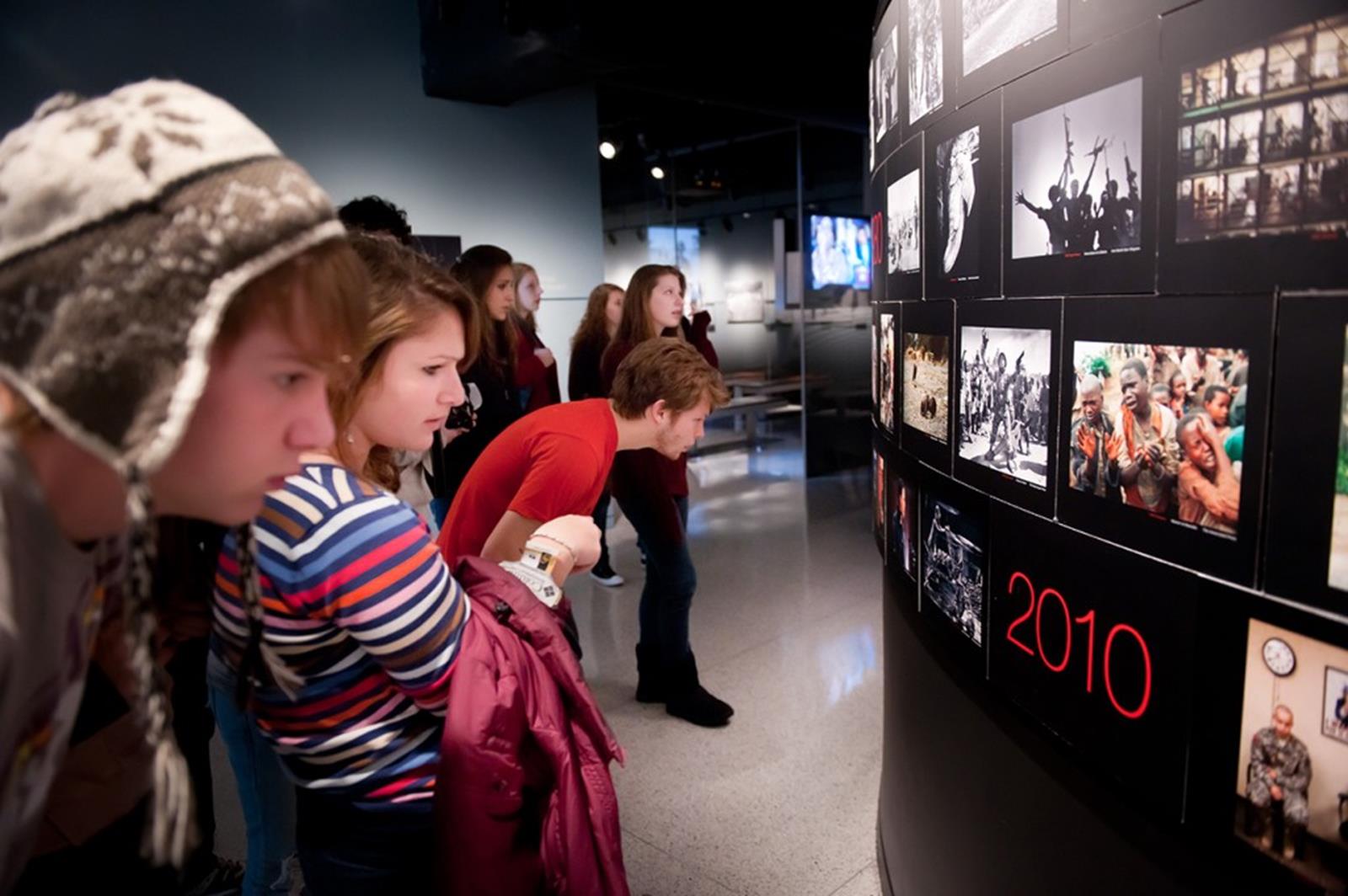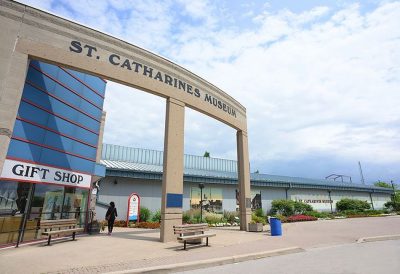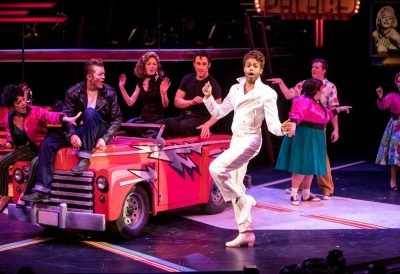The Newseum is one of the top-rated attractions in Washington D.C. Both because of its location – near the White House, U.S. Capitol Building and National Mall – and its overarching take on history as reported through the news media, this museum is a gift for field trip planners and teachers of history, English and other subjects.
This 250,000-sqaure-foot mecca of all things news covers seven levels, 15 galleries and 15 theaters. Together, these tell the story of how the stories get told to us – from a daily overview of newspaper headlines hailing from every state in the Union to coverage of milestones in world history. There’s a juxtaposition of times and themes: you can peruse exhibits dedicated to the fall of the Berlin Wall, see wreckage from September 11, learn about the history of the Civil War and the Civil Rights movement, view a gallery of Pulitzer Prize-winning photos or contemplate the history of cartoons.
Given the size and scope of the Newseum, visitors often choose to concentrate on one or two of its facets rather than trying to rush through the entire program in a few hours.
Using the Newseum Website to Plan for Your School Visit
Prior to your trip to the Newseum, you can familiarize yourself by using museum’s website, which contains plenty of information about the facility and offers some suggested areas of interest. There are also specific pages dedicated to field trips and other educational programs. For teachers, there are several sections of resources.
If visiting the Newseum is not feasible for your class, there are lesson plans on media literacy, freedom of the press, civics, and history that are available online. There’s also a digital classroom, which includes modules covering elections, the First Amendment and the battle for giving women the right to vote. A video lesson section covers journalism, history and the cornerstone constitutional freedoms of speech and press.
The Newseum is by its very nature an educational facility. Yes, it’s also working studio, with newscasts being broadcast from here in the evenings. But its primary purpose is the education of its visitors; this is a place packed with video, historical, and interactive exhibits for all age groups. For the convenience of teachers, the website includes a detailed standards of learning chart for multiple grade levels in English, social studies, civics, government and history.
Pre–trip Lessons, Post-visit Discussion Ideas and In-Gallery Activities from the Newseum
Pre-visit lessons, in-gallery activity sheets, and post-visit discussion ideas are available on the site as downloadable PDF files. These are grouped by subject matter, such as media literacy, civics or history. For example, the lesson plan on media ethics contains pre- and post-visit ideas for introducing your class to the subject and for getting them to think (and continue thinking) about it.
The media ethics pre-visit plan includes a list of questions that outline the guiding principles and standards that a journalist would use to determine if a story should be counted as newsworthy. The suggestion is that students find three news articles and discuss them, using up to 12 questions. This is designed to prime your class to understand the background of the exhibits they will see at the museum.
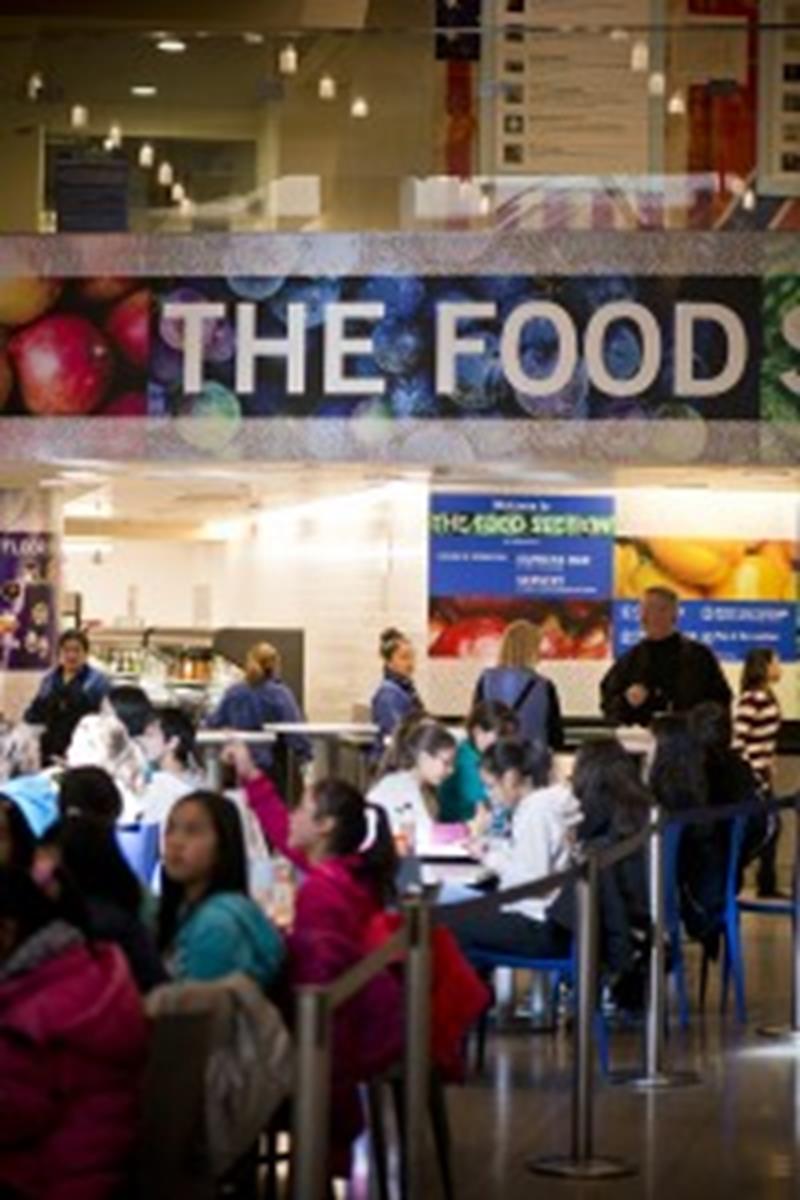 During their trip to the Newseum, students are also given worksheets that can help them target and think about specific concepts. For example, the worksheet for the First Amendment Gallery has students pick a particular freedom and a case or story that directly relates to it. They are then encouraged to record their own thoughts and opinions about how this case was handled.
During their trip to the Newseum, students are also given worksheets that can help them target and think about specific concepts. For example, the worksheet for the First Amendment Gallery has students pick a particular freedom and a case or story that directly relates to it. They are then encouraged to record their own thoughts and opinions about how this case was handled.
The post-visit lesson plan can be used as a group discussion guide or as homework. It includes scenarios that students, in the role of the editor the school paper, would have to decide on, using the principles they’ve studied in their visit to the Newseum. There’s also an article on the fairness of reporting that can be used to launch a research project. Facts they have learned before, during and after their trip to the Museum will help them to answer these questions and understand how it would apply to real-world reporters and news media figures.
Planning a trip to the Newseum is about more than the logistics of getting your class into the various exhibits, arranging lunch or snacks, and getting them back home again. This interactive museum presents the news as history itself, as well as the medium through which we start to understand current events. When you align this with your teaching plans, it can make a tremendous impact on your students’ grasp – not just of broadcast and written media – but on American history.
Have you visited the Newseum as a field trip or as part of a student travel experience? Tell us your experience by leaving a comment below. Thanks!

